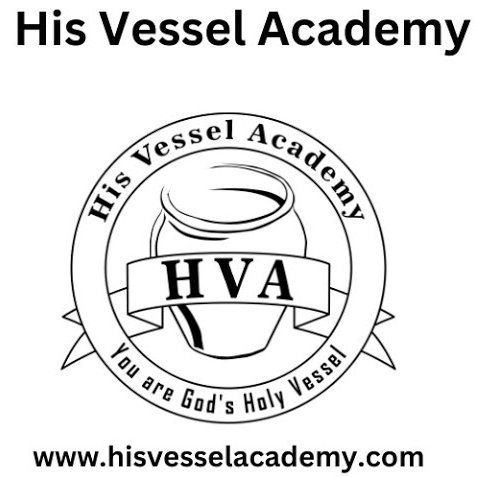Teaching children in multiple grades and at different stages of development presents challenges in the home classroom. One way to incorporate everyone is to use unit studies. Unit studies take a topic and explore every aspect of that topic. Hands-on activities and experiments compose a large portion of unit studies. I did unit studies when there was no Internet. You can do it if I got it done without an internet connection.
I did not incorporate all topics together, but I tried. My guide was my children’s interests. If one said they wanted to learn about something, then that is what we studied. One of my favorite memories of this was when we studied birds for one full year. Yes, the entire year, we studied birds! We studied the migration patterns of birds and the anatomy of the birds; we collected feathers and identified the birds. Yes, I know about the dangers of feathers now. I did not back then; remember no Internet. We visited many places all over the country collecting feathers.
My favorite story is when we were at Sea World, and my son Chris pointed to the flamingos and said, “Look, Mom, that feather is right there. Can I just jump over the fence and get it?” As a good and responsible mom would, I said, “ Yes, but be quick.” I did not want to get kicked out, so my other children and I became the lookouts. No, I do not suggest you go to that extreme but remember, we were more relaxed in the past; plus, the pens had lower fences.
My point is we enjoyed crazy adventures that my children will remember. They do not remember the homework or the studying, but they remember when mom put away the books to do real-world learning. Everything we did became a class, like doing our laundry or sewing doll clothes.
Another thing I learned was not to study history out of a textbook. It is desperately dull. I tried to make it alive by reading books set in history and doing things the characters did. One time, when we were studying the Oregon Trail, I had the kids make butter the way pioneers traveling the Oregon Trail did it. My daughter remembers this not so fondly. We rolled a jar of heavy whipping cream for over an hour, and it still was not butter! I quickly went to the kitchen, put the cream in the blender, gave it a good whiz, put it back in the jar, and rolled it around for a few more minutes. Amazingly, it became better! Even though the activity didn’t go exactly how I wanted, my daughter vividly remembers it. I am sure she heartily appreciates butter!
When you are teaching subjects, try to make them alive. You do not need much money to travel; just plan simple activities, find places close to home that offer hands-on experiences, pitch a tent in a state or national park, or visit friends and relatives that live in amazing places. Whether you travel or explore the area you are in, there are plenty of things to see in the real world.
Did my children have gaps in learning? Every child in America has gaps in learning. Gaps in learning are inevitable. Think about your learning and how you didn’t know everything when you graduated. It was not because you didn’t learn these things but because you didn’t grasp them. However, unit studies do something more important than teaching children everything there is to know: they give children a hunger for learning! Isn’t that the most important thing a child can learn? So, when considering how to teach your children, give unit studies a chance. You might be surprised how much you learn too!
For more information, visit: https://www.hisvesselacademy.com/

A great way to bring the family together in one fun project.

